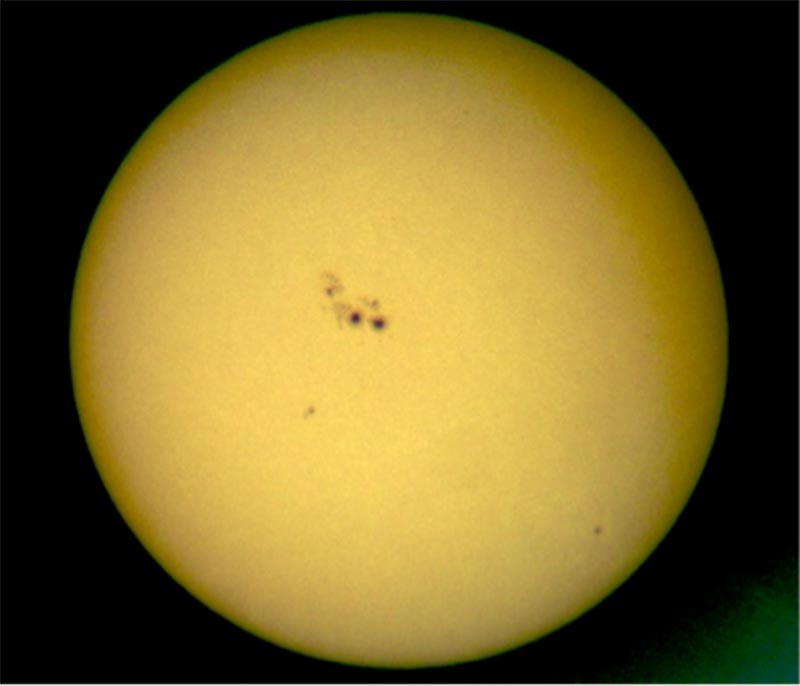10.7: Our Star, the Sun
- Page ID
- 244306
The sun, our central star in the solar system, plays a major role in life on Earth. The sun is about 300,000 times closer than the next closest star, Proxima Centauri. It takes light about 8.3 minutes to travel from the sun to Earth; whereas light from Proxima Centauri takes over four years. Size and temperature-wise, the sun is an “average” star, at best. The sun goes through constant changes: energy output, brightness, size; all of which affect Earth.
Studying the sun and how it works allows astronomers to understand other stars. This study of how stars work is called Astrophysics . We specifically study the sun’s fusion process.
The sun’s photosphere vibrates like ripples on a pond. This is due to the sun producing sound waves through the gases. Sound waves and ripples emanate from within the Sun at very low frequencies deep within the Sun and higher frequencies close to the Sun’s surface. Studying these ripples and sound waves allows astronomers to examine the sun’s interior.

- Provided by: Florida State College at Jacksonville. License: CC BY: Attribution

